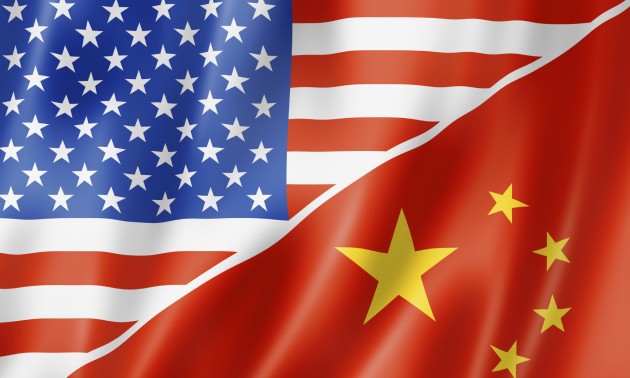A Trade Policy Win for the U.S.-China Wheat Chain
By Ben Conner, USW Vice President of Policy
It has been my pleasure these past four years to contribute content to this newsletter but, unfortunately, all good things must come to an end, as this will be my last Wheat Letter article as a U.S. Wheat Associates (USW) colleague. I am grateful especially to the half dozen (or so) regular readers of my articles. You may not like agricultural trade policy as much as I do, but it is a critically important part of this industry so thank you for working to understand it.
There are several issues I could have chosen to write about for this final article, but during my tenure at USW there has been no market as affected by trade policy issues as China. One of the first trips I took for USW was to Geneva, Switzerland, and the World Trade Organization (WTO) in 2015. I was there to discuss the market distortions caused by China’s domestic support policies, an issue first identified and pursued by my predecessors at USW. Coupled with those policies was an approach to tariff rate quota (TRQ) administration that had — to that point — dashed our hopes of China becoming the world’s largest importer of high-quality wheat (the TRQ quantity is for 9.636 million metric tons).
More recently, the trade friction between the United States and China has stopped virtually all imports of U.S. wheat in China. The additional 25 percent tariff on U.S. wheat imposed in response to U.S. tariffs has proven to be prohibitive. A market that could now be among our top import markets with steady demand of more than a million metric tons per year was reduced to practically nothing. As I noted before, trade policy matters to farmers and importers alike.
However, USW has always taken a long-term view and our trade policy goals with China are no exception. We encouraged the U.S. government to launch the domestic support and TRQ trade cases not due to any animus towards China, but because we want to be closer trading partners. What was holding us back were policies that are not consistent with WTO rules, a fact confirmed again in the TRQ case by the WTO dispute panel.
The WTO panel determined that China administered its wheat TRQ in a way that was not “transparent, predictable, and fair” using “clearly specified administrative procedures.” The panel sided with the United States on most of its arguments, and came to the following conclusions:
- Basic eligibility criteria – It is not clear from China’s regulations what would qualify an entity to receive quota allocation for wheat. China admitted to the panel that it relies on the entity not being placed on the Credit China blacklist, rather than the published eligibility criteria, but this is not made clear to applicants.
- Allocation principles – In determining how China allocates the TRQ, the panel found a disparity between its written principles and practice. TRQ quantities are allocated based on actual import performance, which supersedes all other factors, though China does not make this practice clear to applicants.
- Reallocation procedures – China has two conflicting measure on reallocation, with one document setting out a first-come, first-serve method for reallocation, but a separate document referencing other allocation principles.
- Public comment process – China accepts public comments on the TRQ allocation process, but it is not clear at all how these comments are used, and so China fails to meet its obligations to administer TRQs transparently and through clearly specified procedures.
- Administration of STE and non-STE portions – 90 percent of China’s wheat TRQ allocation goes to state trading enterprises (STEs), i.e. COFCO. If a private entity does not use its TRQ allocation, it must return it to NDRC, but if COFCO doesn’t import 90 percent of the TRQ (it never has) there is no requirement to return unused quota. The panel found that COFCO’s unused quota should be returned and reallocated – so in 2018 COFCO should have returned 6.8 million metric tons (MMT) that could have been reallocated to non-STE end users.
- Usage requirements – China also inhibits the filling of TRQs by requiring recipients to process in the mill specified in the application or be subject to penalty if the wheat was moved to another mill or sold to another company irrespective of commercial conditions. The panel’s view is that this would cause users to be overly cautious in their applications and import less than they would otherwise.
Bringing these and other policies discussed by the panel policies into compliance and removing retaliatory tariffs should allow China to grow into one of the largest and most consistent markets for U.S. wheat, increasing the availability of high-quality products provided by China’s food processing sector. This is the objective that USW will continue working towards long after I have handed the organization’s policy responsibilities to someone else and, more importantly, long after the trade tensions between our countries subside.
[Editor’s Note: Ben Conner is leaving USW to join DTB Associates, a Washington, D.C., firm providing consulting, legal and business services in trade, agricultural policy and legislation.]


